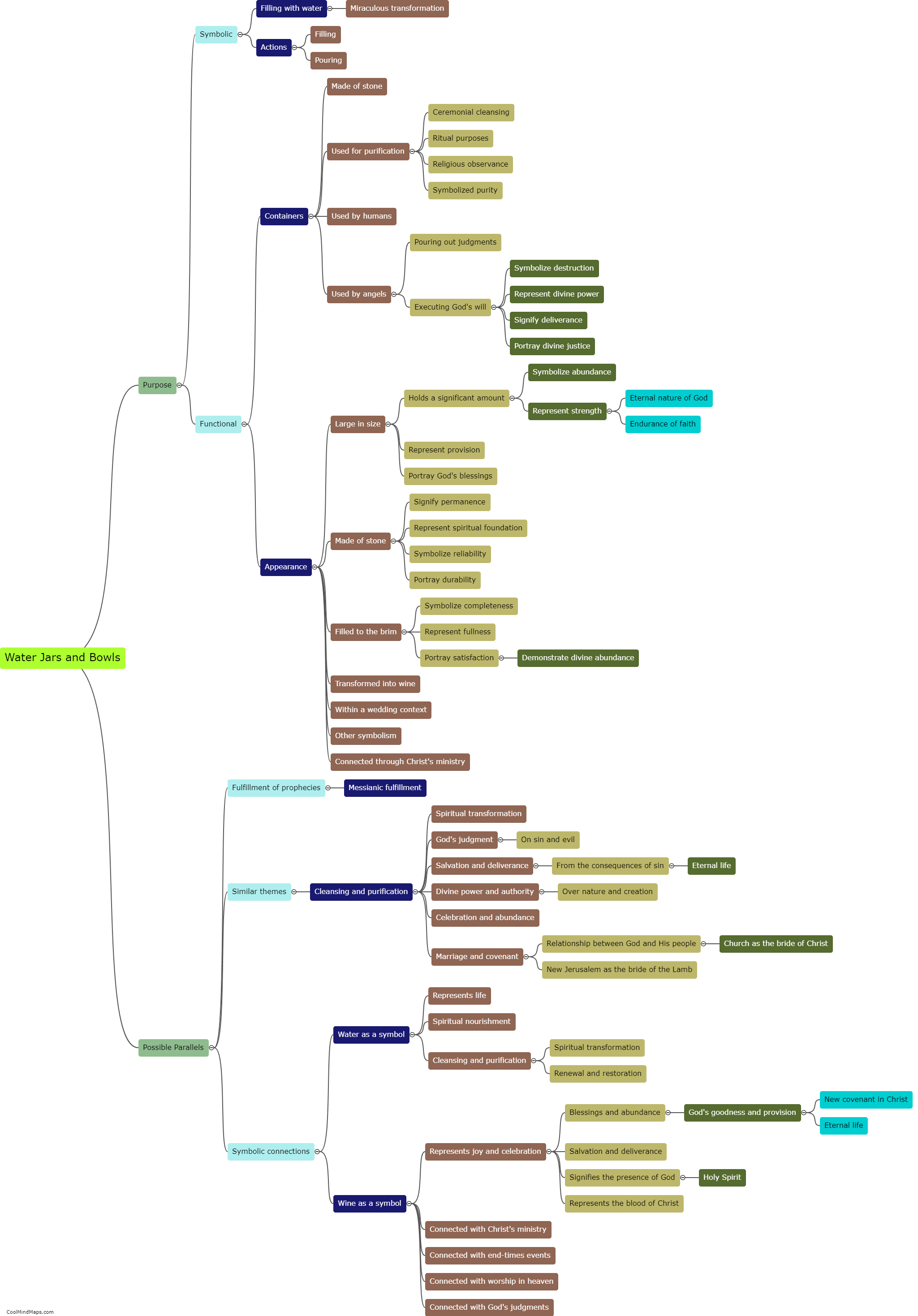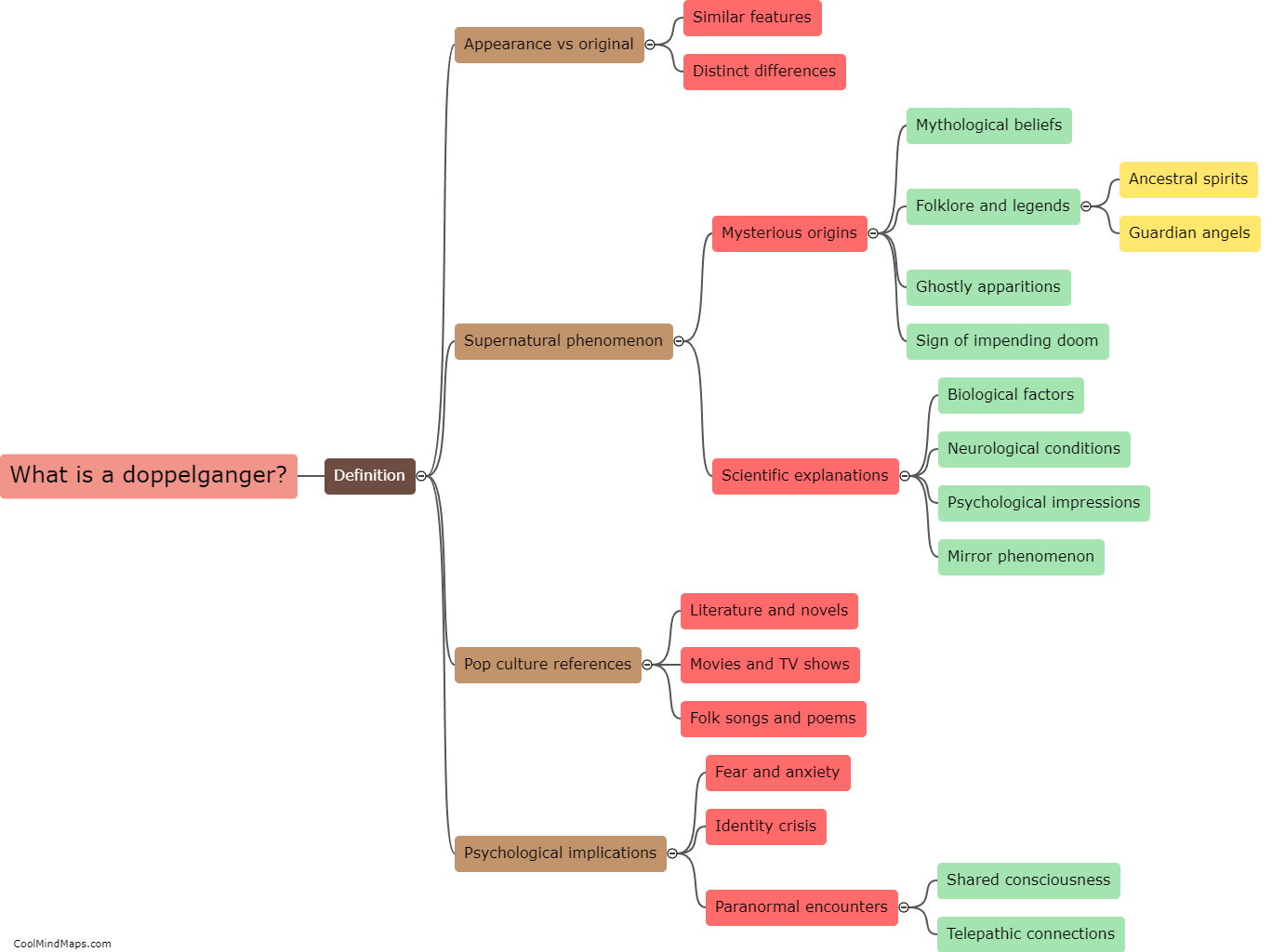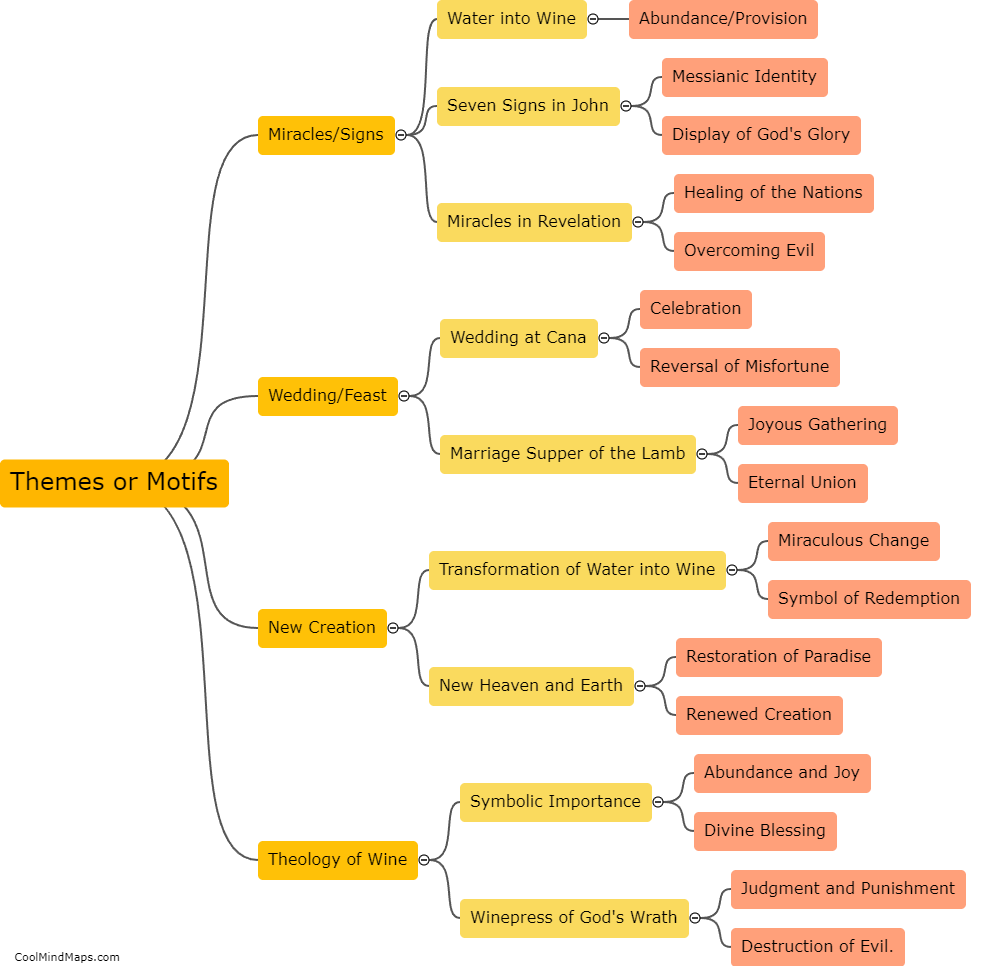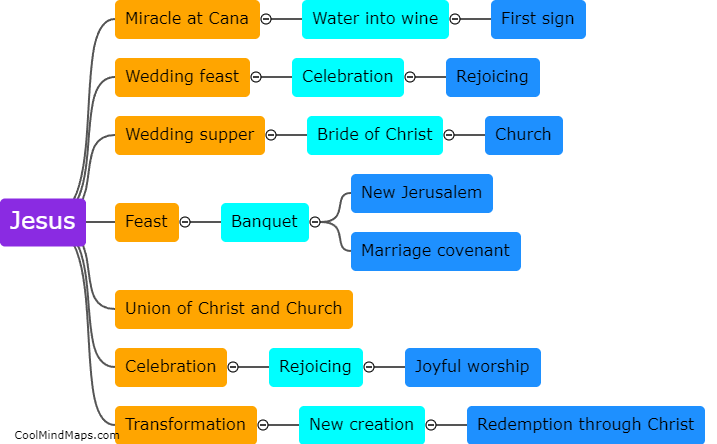Are there parallels between the water jars in John 2:1-12 and the bowls in Revelation?
In John 2:1-12, the story of Jesus turning water into wine at the wedding in Cana, water jars play a significant role. The six stone jars were used for purification rites according to Jewish customs and contained water. Interestingly, in the book of Revelation, specifically in the chapter describing the seven bowls of God's wrath, bowls are used to pour out plagues and judgments upon the earth. Although the water jars and bowls serve different purposes, there are some intriguing parallels between them. Both objects represent vessels or containers that hold or carry something significant. In John's narrative, the water is transformed into wine, symbolizing Jesus' ability to bring joy and abundance. Similarly, in Revelation, the bowls are filled with the wrath of God, representing divine judgment and punishment. While the symbolism and outcomes differ, the use of vessels to convey important spiritual concepts can be seen as a parallel between these two biblical passages.

This mind map was published on 10 September 2023 and has been viewed 95 times.











